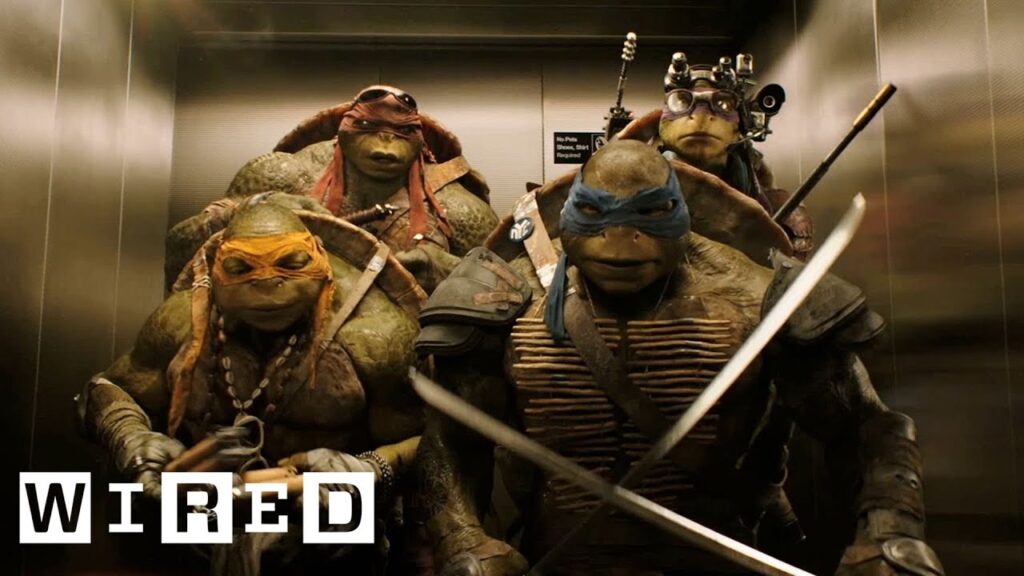The Axolotl: Can We Learn to Regenerate Limbs?
Summary
The axolotl is a salamander that has the incredible ability to fully regenerate lost limbs, thanks to its unique genes. Humans have the same genes but don’t use them the same way, which leads to scarring instead of regeneration. Scientists are working to unlock the secrets of the axolotl and apply them to humans, with the goal of one day being able to regenerate limbs and even potentially enhance them.
Table of Contents
- The Axolotl’s Regeneration Abilities
- Humans’ Lack of Regeneration
- Unlocking the Axolotl’s Secrets
- The Possibility of Enhanced Regeneration
- Making Regeneration Happen Sooner
Introduction
The idea of regenerating limbs may seem like something out of a science-fiction novel, but for the axolotl, it’s a reality. This remarkable salamander has the ability to completely regenerate lost limbs, something that humans can’t do. But why is this the case? And can we learn to harness the axolotl’s regenerative abilities for ourselves?
Q&A
The Axolotl’s Regeneration Abilities
- What is an axolotl?
- How does the axolotl regenerate limbs?
- Can the axolotl regenerate other body parts besides limbs?
An axolotl is a type of salamander that is native to Mexico. They are sometimes referred to as “water monsters” and have a distinctive external gill structure.
The axolotl has unique genes that allow it to regenerate lost limbs. Unlike humans, the axolotl’s body doesn’t form scar tissue when it’s injured. Instead, the cells near the wound begin to multiply and form a structure called a blastema. The blastema is essentially a cluster of cells that have the potential to become any type of tissue, including muscle, bone, and nerves. The blastema then grows and differentiates into the missing limb until it’s fully regenerated.
Yes, the axolotl can regenerate a variety of body parts, including its spinal cord, heart, and even parts of its brain.
Humans’ Lack of Regeneration
- Why can’t humans regenerate limbs like the axolotl?
- Can humans regenerate any body parts?
Humans actually have the same genes that the axolotl has, but we don’t use them the same way. When humans are injured, our bodies form scar tissue instead of a blastema. Scar tissue is made up of fibrous connective tissue and doesn’t have the same regenerative abilities as a blastema.
Some organs, like the liver and skin, have some regenerative abilities. But for the most part, humans can’t regenerate many types of tissue, especially not limbs.
Unlocking the Axolotl’s Secrets
- How are scientists working to unlock the secrets of the axolotl’s regeneration abilities?
- Is there hope that humans will be able to regenerate limbs someday?
Scientists are studying the axolotl’s genetics, as well as the signaling pathways and cellular mechanisms involved in regeneration. By understanding how the axolotl’s cells communicate and how they differentiate into various tissue types, researchers hope to be able to replicate this process in humans.
Yes, many scientists are optimistic that one day humans will be able to regenerate limbs. But it’s a complicated process that involves understanding how to activate and coordinate the right genes at the right times.
The Possibility of Enhanced Regeneration
- Could humans potentially regenerate limbs even better than the axolotl?
- What are some potential ethical concerns with enhanced regeneration?
It’s possible that humans could one day enhance their regenerative abilities beyond what the axolotl is capable of. For example, scientists could potentially use genetic engineering to enhance the blastema’s ability to differentiate into specific tissue types, like muscle or bone.
Some people may take issue with the idea of using genetic engineering to create “superhumans” with enhanced regenerative abilities. Additionally, there may be concerns about the safety of these procedures and the possibility of unintended consequences.
Making Regeneration Happen Sooner
- When do scientists think we’ll be able to regenerate limbs?
- What can we do to speed up the process of unlocking the secrets of regeneration?
There’s no definitive timeline for when humans will be able to regenerate limbs. Some researchers believe it will be within the next decade, while others think it could take much longer.
One way to speed up the process is to increase funding for regeneration research. Additionally, more collaboration between researchers in different fields could potentially yield new insights into how regeneration works.
Conclusion
While the idea of regenerating limbs may seem like science fiction, it’s a real possibility thanks to the axolotl. Scientists are working to unlock the secrets of the axolotl’s regenerative abilities and apply them to humans, with the goal of one day being able to regenerate lost limbs and potentially even enhance them. While it may be some time before this becomes a reality, the potential benefits are significant and could change the lives of millions of people.






